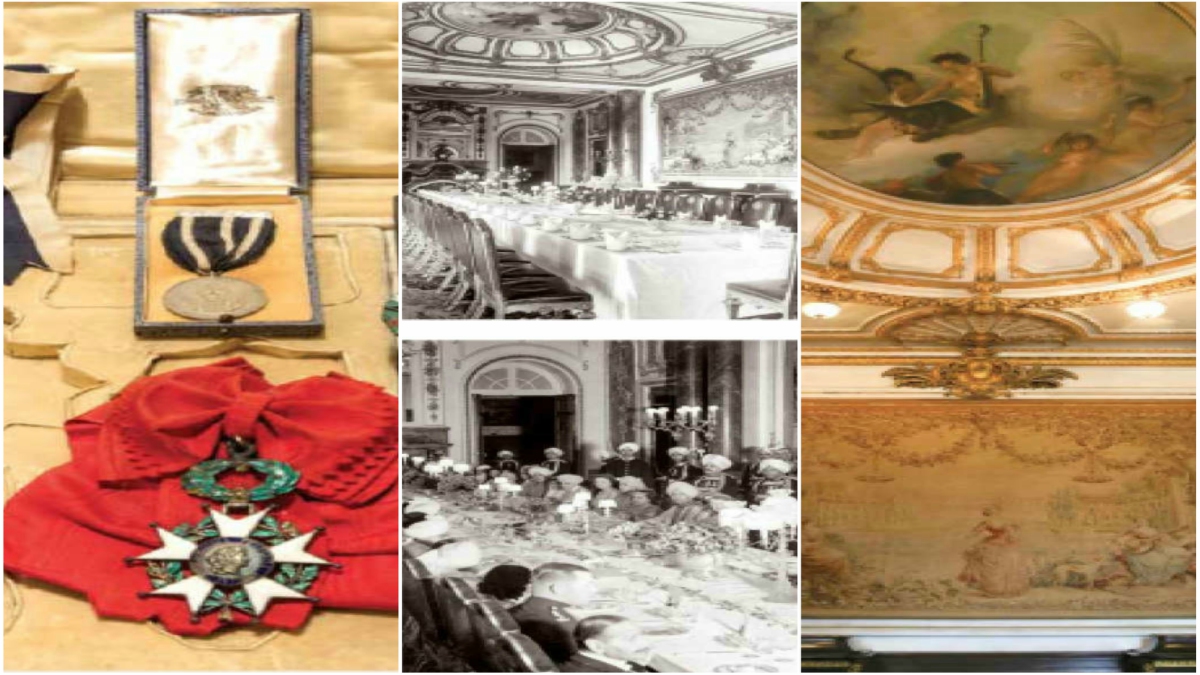
A book reminiscing the iconic life of the last ruling Maharaja of Kapurthala, HH Maharaja Jagatjit Singh, authored by his grandson, Brigadier HH Sukhjit Singh, and historian Cynthia Meera Frederick captures the life of this truly evolved monarch. The Daily Guardian catches up with the co-author, who talks of how the book is “a very intense, heartfelt account of a grandfather who HH had a special bond with”.
In the book HH Sukhjit Singh and Cynthia talk of the stunning palace built by the king which was often called The Versailles of the East, of the splendid Chateaux built for his summer vacations in Mussoorie and the ornate mausoleum he built as a symbol of the secularism that his rule was famous for.
Among the assemblage of ruling Indian princes, perhaps no other continues to fascinate, inspire, and awe more than Maharaja Jagatjit Singh of Kapurthala (1872–1949), a remarkable ruler whose reign was a period of eminence, culture, expanding horizons and notable public service. The grandson remembers: “I often sat in on meetings with officials and others who came to call on him on matters concerning the administration of the state. I avowedly preferred to be outside with my pets or other youthful activities, but now I realize only in hindsight his enormous effort to pass on his vast experience. He was endowed with a percipience of vision, extreme clarity of thought and a compassion for putting people of all levels of society completely at ease.”
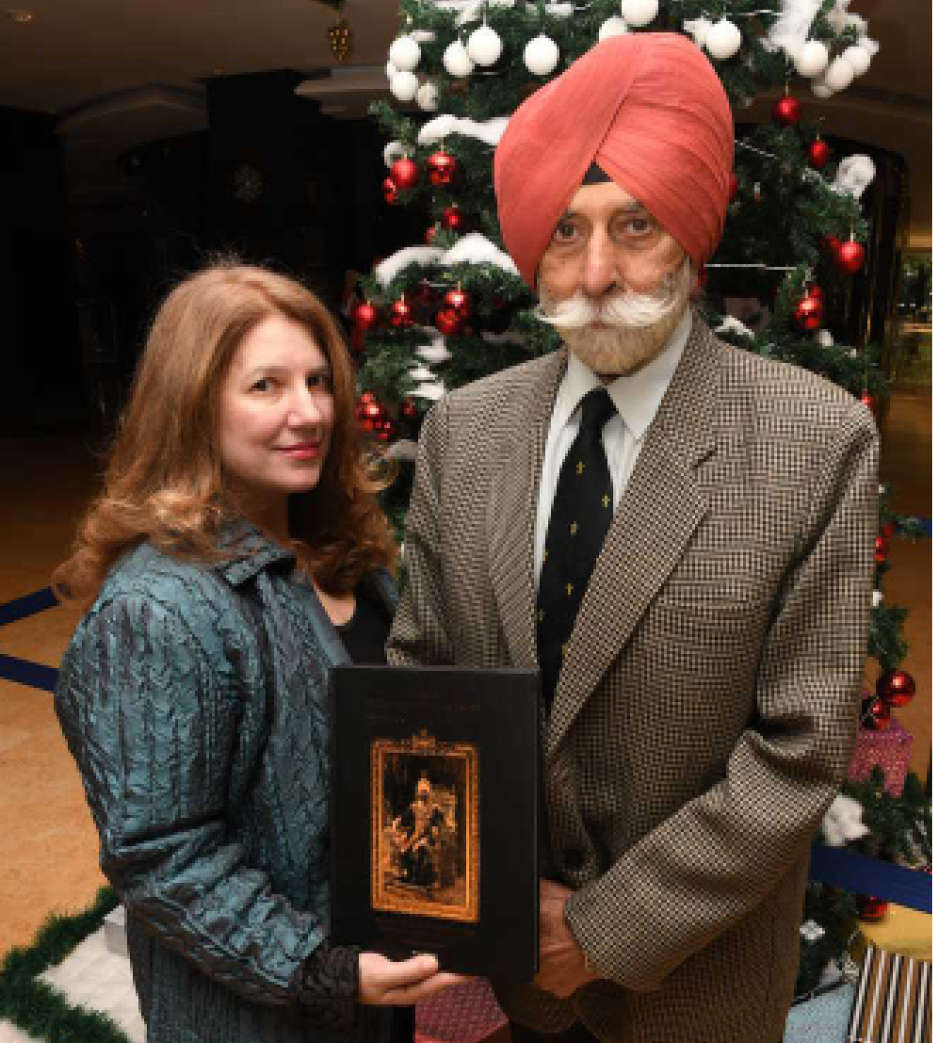
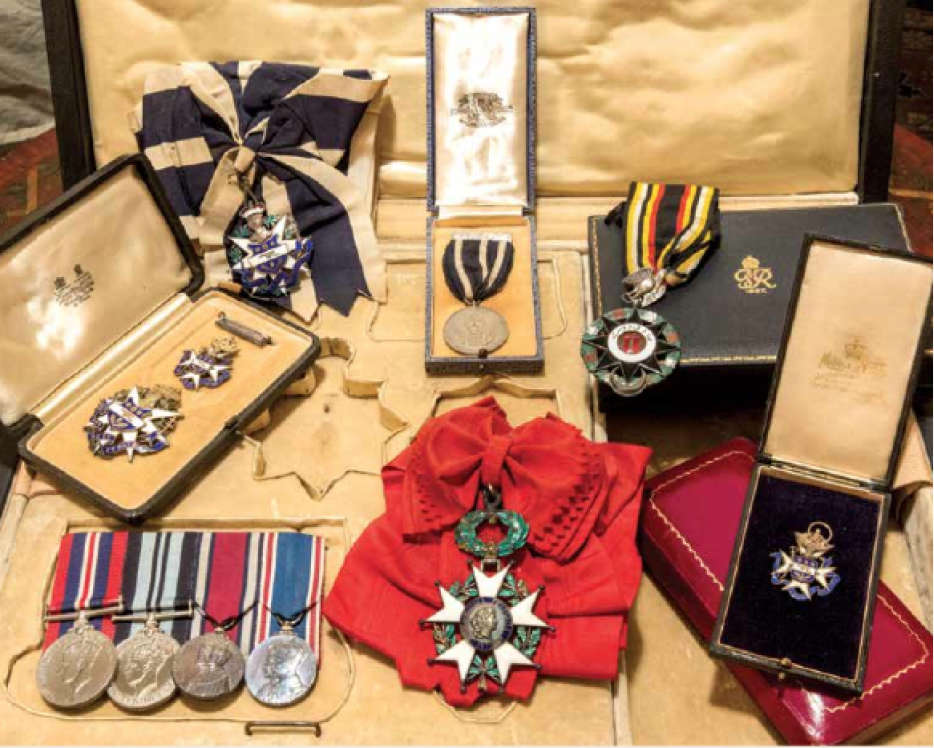
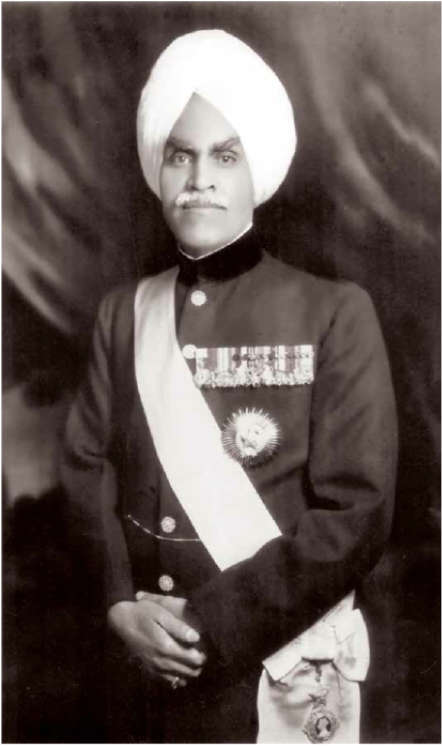
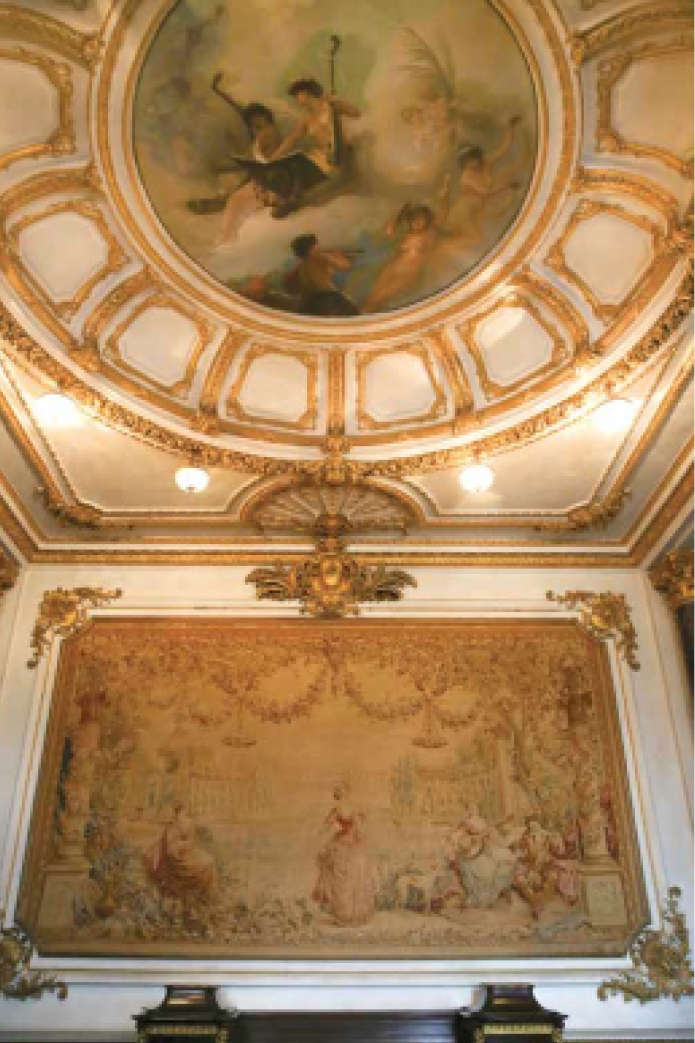
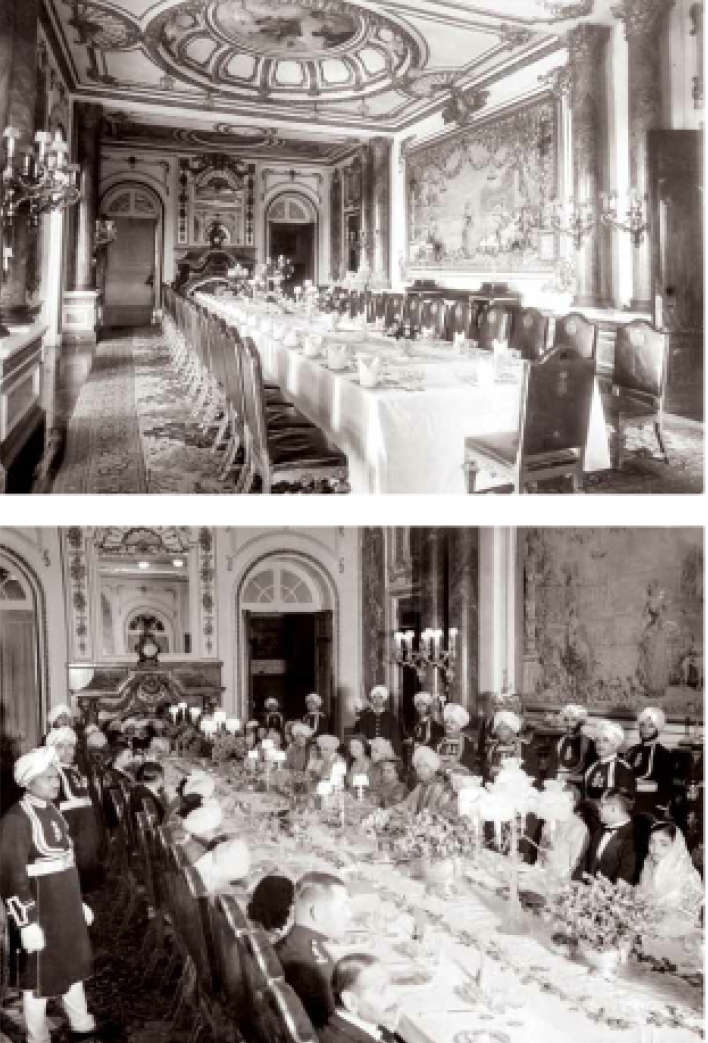
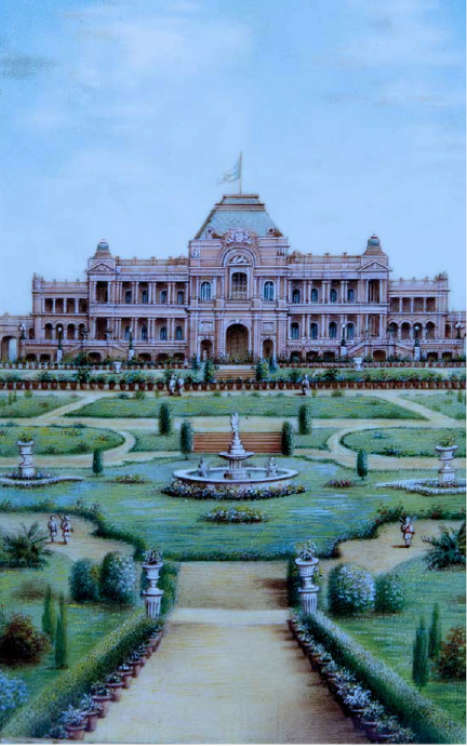
A ruler of exceptionally cultivated tastes, Maharaja Jagatjit Singh was renowned for the munificence and opulence of his domains and the material culture pertaining to his life—all of which splendidly came together in the Jagatjit Singh Palace. An excerpt from the bestseller with special focus on the splendid Jagatjit Palace that still stands tall in the culture rich city of Kapurthala:
‘This Versailles of the East is in reality the embodied expression of the attachment His Highness the Maharaja bears to French civilization, culture and art.’
The apotheosis of Maharaja Jagatjit Singh’s architectural and aesthetic vision was the creation of the fabled Jagatjit Palace. A majestic edifice inspired by the French royal abodes of the Palace of Versailles and Château Fontainebleau, it was deemed the jewel of Kapurthala and remained the Maharaja’s lifelong pride and joy.
His dream of creating a truly authentic palace in the French order was realized by the Paris-based architectural firm, Marcel et Boyer, whose partners were trained at the renowned École des Beaux-Arts. The Maharaja explains his decision:
‘You know how devoted I am to French art in all its forms. To me, French art stands for delicacy, elegance and above all for harmony. …That will explain to you why, in 1900, when I was anxious to build in my capital a Palace in European-style, I did not hesitate to give the preference to your art and your artists. The plans for my palace were, in fact, drawn up by two of your countrymen MM Alexandre Marcel and Paul Boyer.’
The Maharaja apparently met the duo during the Paris Exposition Universelle in September 1900 (a World Fair where Marcel designed several structural exhibits, including the Cambodian and Spanish Pavilions). Around this period, he begins to mention in his diaries discussions for plans for the new palace, citing ‘Messrs Marcel and Boyer architects have made very good palace plans’.The actual construction began in 1902 and overseeing these blueprints were H.J.A. Bowden from Bombay, State Engineer J.O.S. Elmore, and Lala Shiv Darshan, assistant engineer of the State. This collaboration saw that engineering marvels, so incredible at that time, were integrated into the plans such as electrical fittings, waterworks and sanitation, a system of water pipes designed for combating fires on each floor, air and piping ducting and coal-fired boilers for heat and hot water as well as a ventilating system.
The Maharaja would ride out on horseback to the palace grounds on most mornings to witness the work on site and when it was formally opened on 29 November 1908, he euphorically wrote as the day’s entry:
‘Finally the day of entry to the new palace has arrived. At 10 I left the Elysee with my three sons in the state coach escorted by the bodyguard. Troops lined both sides of the route. Arriving at the Palace I did a Puja of Chath. Finally entered the palace with Anita and my three sons. I receive compliments from my Ranis. In the afternoon there was a garden party then a gala dinner for 33.’
Also present at the ‘house warming’ of the Jagatjit Palace were the Prince and Princess de Broglie, the Baron de Rothschild and many other dear friends from France. All were unanimous that the elegance of the palace paid true homage to Versailles and a contender to the finest domains in France. Set against the exotic backdrop of India, the entire effect must have appeared ethereal, much as the Maharaja expressed: ‘I feel I am in a fairy-tale palace and it is like a dream.’
The regal façade of the Jagatjit Palace, where ‘MM Alexandre Marcel and Paul Boyer have placed on the exterior of the building (give it) a real stamp of grandeur and majesty’4 was distinctly French dominated by a mansard roof crowning a central block. This was veiled in slate imported from France set with round ‘oeil-de-boeuf’ windows and garnished with festoons. Classical elements such as pediments, balustrades and arches also added to the harmonious and noble exterior.
Situated right under the mansard roof was the grand central interior staircase, which led down to the front main entrance of the palace. This opened to a wide arched porte-cochère specially designed to allow passage for caparisoned elephants during State processions as also the traditional deployment of the Guards of Honour and the Ceremonial Coach escorted by the Bodyguard, or motor cavalcades.
The Jagatjit Palace was built on three levels. The ground floor was the working floor housing the Household Treasury Office, administrative and clerical offices, the dispatch section and magneto telephone exchange along with the electricity switchboard. The main kitchen and pantry store complex was located there as were the games store full of equipment for the clay tennis courts, badminton, croquet, and golf. This also held the linen and toiletries store, and another section for the Maharaja’s personal saddlers and cobblers. The ground floor also contained large air blowers that circulated fresh air through air ducts in the palace rooms.
The first floor could well be considered the ‘defining panorama’ of the palace as it housed all the stately ceremonial rooms and halls. While the Château Kapurthala may have been faithful to French Renaissance architecture, its interiors reflected the style of its age, whereas at the Jagatjit Palace, the Maharaja’s passion for period French elegance would bear supremacy: ‘As for the interior arrangements of the rooms everything pure and gracious offered by your (French) art is synthesized in a skillful gradation of every epoch, … All these things (styles) are the work of your artists. All the credit belongs to them…’
European artists were commissioned to create murals of captivating mythological themes on the ceilings and panels of the principal rooms, while decorative mouldings of shells, cherubs, festoons and garlands, foliated scrolls, along with copious amounts of bronze, ormolu and gold leaf ran riot throughout. The Maharaja personally selected the fine Damaskand watered silk fabrics to go with the antique furniture from France, while also ordering custom pieces from the London firm of Waring & Gillow. Rooms were accented with chimneypieces carved from prized Carrara marble, lapis lazuli columns imported from Italy, custom-woven Aubusson carpets, Gobelins inspired wall tapestries, beautiful Sèvres-style porcelain vases and figurines, and objets d’arts collected from around the world. The ambience almost rivalled the courts of the French monarchs.
The Maharaja was a keen collector of paintings which he displayed prominently in the palace. Most were acquired in Europe as he was a frequent visitor to the Paris Salon exhibitions. He eschewed the avant-garde art of the era, gravitating towards eye-pleasing genre, Orientalist sceneries, portraits of beautiful ‘Gibson Girl’ types or sensuous classical models, landscapes reminiscent of French court painters Watteau and Boucher, and several paintings depicting Norwegian fjords.
The divine Grand Salon served as the formal State Reception Hall. Also referred to as the Louis XVI drawing room, this truly captured the veritable baroque resplendence of Versailles.
The Maharaja also modelled the palace grounds after Versailles’ illustrious gardens designed by the famed landscape architect André Le Nôtre. He exclaimed, ‘Ah! yes! The French Gardens! I have been especially anxious to have them…. In this way, I shall have, even in India, the illusion both of Versailles and Paris. A French park, and the “cousin” of your Grand Palais de Champs-Elysées. What better could I ask?’9 This included a sunken garden, parterres of flower beds, embroideries and topiaries laid out in symmetrical pattern set among spouting fountains with mythical figures.10
Within the grounds, the Maharaja kept a private zoological park housing a menagerie of exotic birds, antelopes, deer, ostrich, and zebras. ‘His magnetism was perceived by all the animals too. One bird cage contained a pair of Mexican Quail with a black feathered crest. The pair used to eagerly await the Maharaja’s arrival every morning when he walked in the Park, and would excitedly run up and down the front of their cage, chirping while he would softly “croon” to them while feeding them through the mesh enclosure.’ There was an exotic goldfish pond, a raucous waterfowl enclosure and in a separate corner of the estate, was located the household kennels. The Jagatjit Palace remains an unsurpassed and unrivalled tribute to French aesthetics in the heart of Punjab. Today, it is the home of the Sainik School Kapurthala, where such gracious surroundings cannot but help infuse dignity and aspirations to the students who transit its portals.
King Louis XIV of France brilliantly employed architecture, gardens, and interiors to assemble the ultimate image of majesty. Perhaps here it can be said that Maharaja Jagatjit Singh bears a resemblance to the famous Sun King when he declared, ‘I wanted to realize here one of the dreams of my life, to leave behind me a work that would endure.’ The Jagatjit Palace still resonates as an eternal monument to his memory.